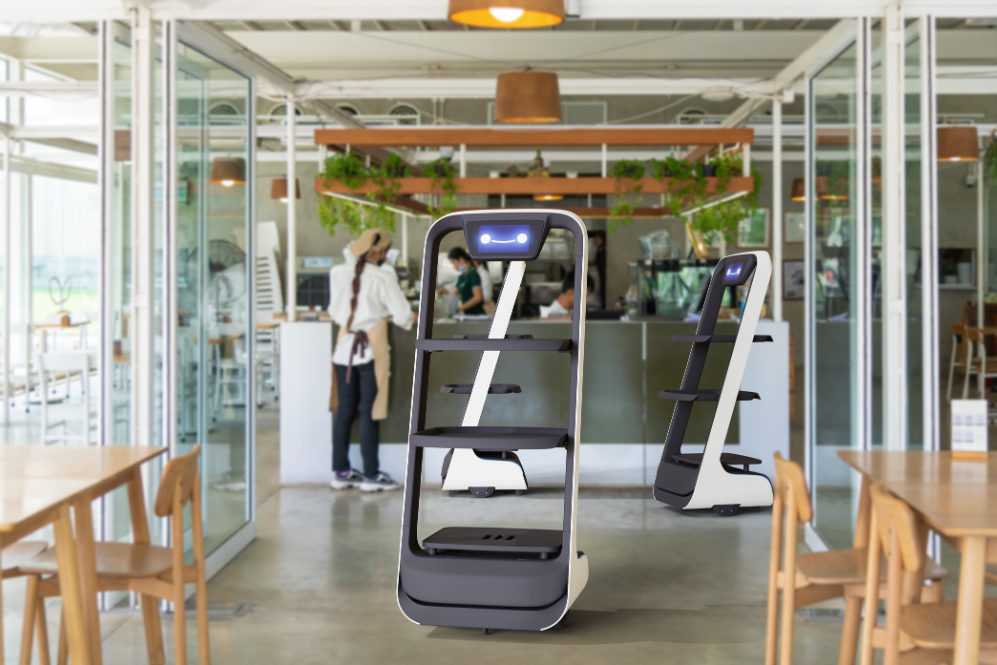Automation and streamlined processes have become a staple in many industries, including the food industry. From conveyor belts to tablets at every table to allow customers more control over how they pay for their meals without having to wait for the check, automation has provided several advantages. But what about your wait staff?
Robot waiters have begun to make their debut in several restaurants across the country, seating customers and bringing them their orders. Employees place the empty dishes on the robot to assist with bussing the tables. While the initial response to robotic waiters is good, there are a few notable drawbacks to having them in a restaurant. But first, let’s look at the advantages of robot waiters!
Advantages of Robot Waiters
With the shortage of wait staff, fewer employees are staffed at any given time in restaurants, meaning the workload can be overwhelming. Robotic wait staff helps to ease this burden by:
- Cutting Costs: Purchasing one robot can be a hefty up-front investment, but is overall the more cost-effective option, as there are no reoccurring paycheck payments as there are with employees.
- Saving Time: Robots can assist in simple tasks that can take up a lot of a waiter’s time, including collecting dirty dishes and seating customers.
- Increasing Business: By assisting your staff members, your wait staff has more available time to chat with customers and build a great, sociable environment, which can boost your sales. There will also be customers who are interested in seeing your robotic wait staff in action!
Disadvantages of Robot Waiters
Although helpful in a few instances, robots and automated systems haven’t advanced enough to fully replace employees, among other disadvantages, including:
- Unable to Perform Many Tasks: The current robots are unable to bus tables, take orders, and other important steps in fully maintaining a restaurant according to a wait staff’s job description.
- Make Customers Wary: Not every customer will want to interact with the robot, as there are still many people who believe that part of the experience of dining out is the wait staff who help to create the environment. This can lead to customers either being less likely to return or to request to be seated by an employee.
- Being a Burden to Employees: Since the robots can’t perform many tasks, other employees can become frustrated with the limitations of the robots and find them to be more of a burden than helpful, especially since they cannot communicate with the robots when they are in the way or need further assistance.
So, Are Robot Wait Staff the Future?
While robots are making their entrance, they still have many changes and advancements to go before they can fully replace traditional wait staff. Until then, Culinesse is here to provide food career and senior dining services in Richmond and Roanoke, VA; Pittsburgh and Philadelphia, PA; Charlotte, NC; and Columbia, SC. Our LPC and CCRC dining management company provides advisory and management services to help you recruit top culinary personnel and design personalized dietary plans for clientele. Contact us today to learn more!

Recent Comments